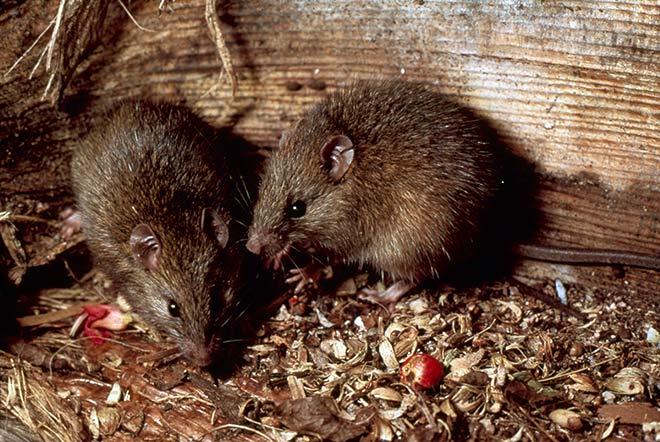Landscape and ownership
The Mercury Islands are a group of seven islands off the northeast coast of New Zealand's North Island. They are located 8 kilometres off the east coast of the Coromandel Peninsula. Ahuahu Great Mercury Island is the largest island in the Mercury Group. It is 1872 hectares.
There are two halves to the island. They are joined by a relatively stable sand flat of low elevation. On the island there is:
- plantation forest
- farmland
- native bush
- thick scrub
- high peaks
- deep valleys
- large rocks with overhangs
- several beaches.
Archaeology shows the island didn’t have forest when Polynesians arrived. It was more like scattered pōhutukawa, broad-leaf trees, nīkau etc. After about 1450 shrubs, tutu and bracken dominated the landscape.
Two New Zealand businessmen, Michael Fay and David Richwhite, own Ahuahu Great Mercury Island. Although privately owned, the island is open to the public.
- Watch this short video showing parts of Ahuahu Great Mercury Island.
A rat plague
Ahuahu Great Mercury Island was one of the very earliest sites inhabited by Māori. The island was also among the first of New Zealand’s habitats affected by kiore rats. Later, Europeans introduced ship rats and cleared land for farming. Over time the island’s ecology changed.
By the year 2000, the rodent problem on Great Mercury was high, particularly in late summer and autumn. The Department of Conservation (DOC) placed ink tracking cards around the island to measure rodent distribution. Every single card came back with rat footprints.
There was a risk that pests on Ahuahu Great Mercury could cross the narrow channels to the smaller pest free islands. By this stage feral cats were also becoming a problem.
Pests such as rats and feral cats compete with our native birdlife for food and habitat. They also eat the eggs and young and attack the adults. They are also a major cause of decline for many other species, including reptiles and invertebrates.
What to do?
The smaller islands of the Mercury group are nature reserves. They have benefited from decades of pest management. But farming activities, private ownership and its large size have made conservation management of Ahuahu difficult.
Eradicating pests needed the active support of the island’s owners. It needed a bold programme of aerial bait drops, followed by ongoing management. It would also be expensive - nearly $1.5 million. DOC did not have the funds.
But the idea of eradicating pests on Ahuahu Great Mercury meant it would be the largest pest-free island in the country yet…












